How is Decaffeinated Coffee Made?
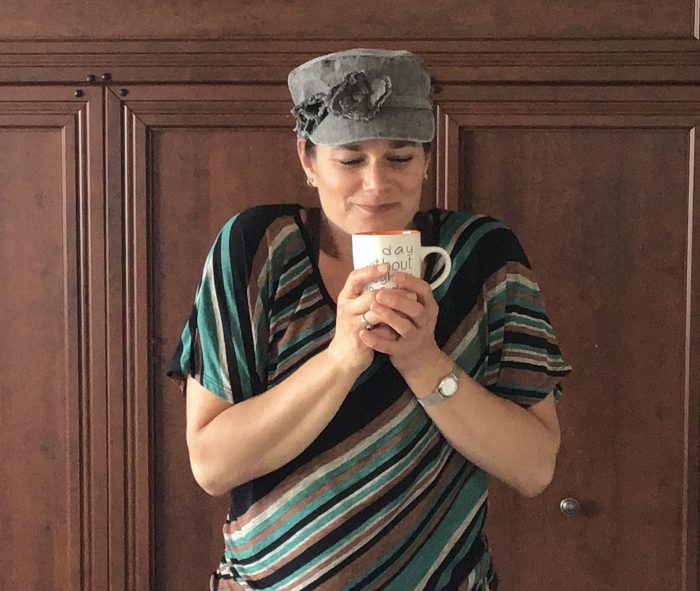
Have you ever asked yourself how decaffeinated coffee is made? Last week, the idea of searching about it came to mind. Is there a way to remove caffeine from coffee without using chemicals?
Before exploring more on the subject, you need to know that caffeine occurs naturally in coffee leaves, coffee beans, plants, tea leaves and cacao seeds. Indeed, decaffeinated coffee doesn’t mean that it is 100% caffeine free. In fact, even by using chemicals, it is impossible to remove all the caffeine content from green coffee beans.
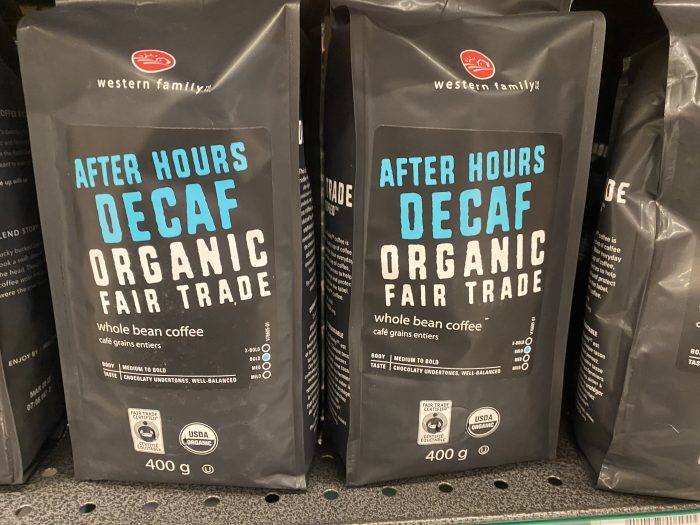
There are four ways to remove the caffeine from coffee beans:
- Chemicals, such as methylene chloride or ethyl acetate, are used as solvents to remove the caffeine from beans.
- Although methylene chloride (CH2Cl2) is a chemical, it is not considered a health risk by the Food and Drug Administration. When beans are roasted at high temperature, the solvent is vaporized.
- Ethyl acetate (CH3CO2C2H5) is considered as the healthiest chemical and it is also safer than methylene chloride. In fact, ethyl acetate exists naturally in ripe fruits such as apples and blackberries. However, it is too hard to gather natural ethyl acetate and it is also pricy. Instead, companies roasting coffee beans use a synthetic version made of ethyl alcohol and acetic acid.
- Swiss Water Process (no added chemical solvents) can remove 99.9 % of caffeine from beans; it is mostly used for decaf organic coffee. The first part consists of soaking the coffee beans in very hot water to dissolve the caffeine. Unfortunately, other compounds and flavor also get dissolved in water. The water is then drawn off and passed through an activated charcoal filter that removes the caffeine in green beans. The water is then collected and used for the next batch of green beans. That way, the new batch doesn’t lose its flavor. If companies use this method, “SWISS WATER METHOD” or “PROCESS” has to be mentioned on packages. Kauai Coffee is made using the Swiss Water Process.
- Carbone Dioxide (CO2) is a new way of creating decaffeinated coffee. Again, the coffee beans are soaked in water and liquid CO2 is used at high pressure to dissolve the caffeine. Unfortunately, this method can be enormously expensive.
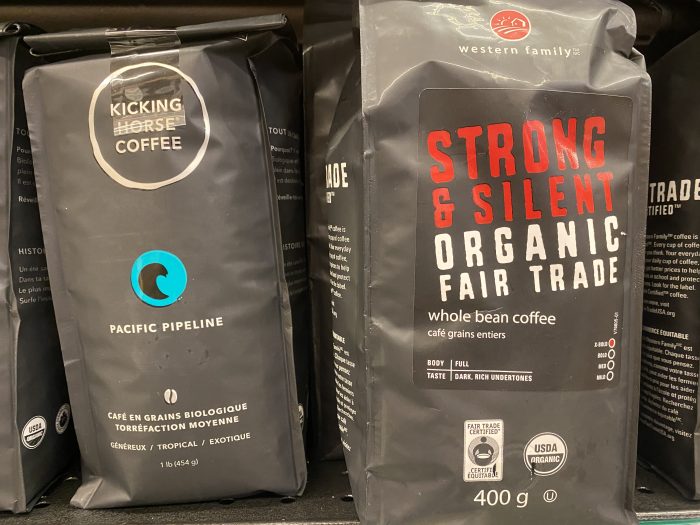
It is very challenging to make good decaffeinated coffee because when chemicals and water are used to dissolve caffeine, flavor compounds are lost. There are 1,200 different chemical components in coffee with more than half of them contributing to the flavor of coffee. Another reason is when caffeine has been removed, the chemistry of the beans changes. When roasters try to roast green beans, the beans have a tendency to roast darker and more quickly than regular caffeinated coffee beans. So, you end up drinking burned or still green coffee beans. So you end up drinking burned or still green coffee beans.
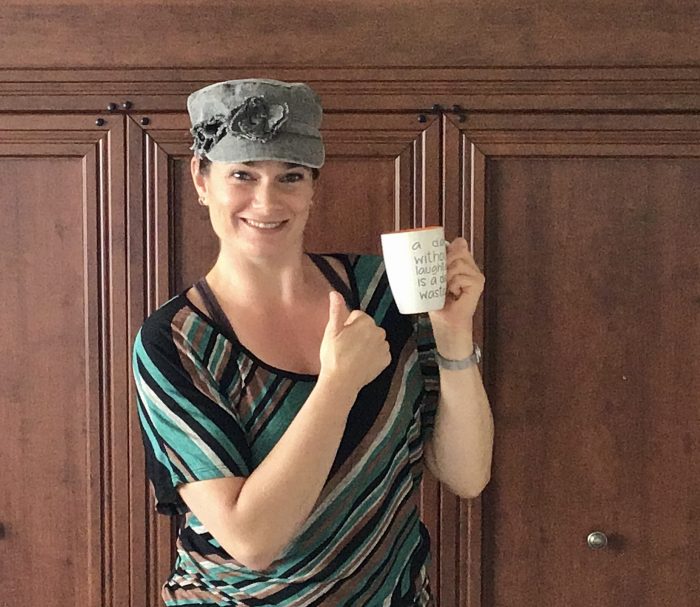
Canadians love their cup of Joe in the morning. In 2020, an average 2.7 cups of coffee were consumed per day compared to 3.6 cups in 2018. Do Canadians realize that too much coffee is harmful for their health?
There are pros and cons to drinking caffeinated coffee. It’s a stimulant and an appetite suppressant, a dependable pick-me-up for students cramming for exams, workers on nightshifts and anyone else needing a wake-up. On the other hand, if you deal with anxiety, insomnia, diarrhea, excess sweating, racing heartbeat and muscle tremors, you should avoid caffeinated coffee and switch to the decaf coffee. Contrastingly, decaf coffee may reduce the risk of developing type 2 diabetes. It may also reduce the risk of premature death.
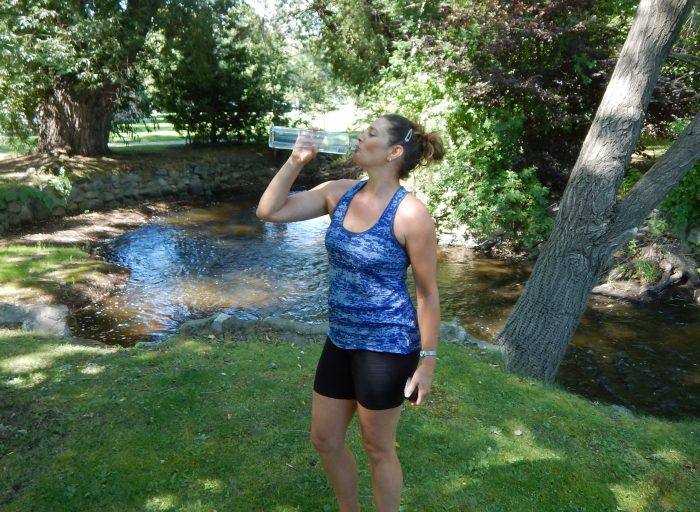
Drinking decaf or caffeinated coffee is a matter of choice and taste. I much prefer drinking the real deal than modified coffee. Don’t forget to drink a big glass of water before drinking your morning coffee.
Read more here:
Decaf Coffee: Good or Bad? by Healthline
Decaffeination 101: Four Ways to Decaffeinate Coffee by Coffee Confidential
How Chemical Free Decaf Coffee is Made – The Swiss Water® Process by Kauai Coffee
